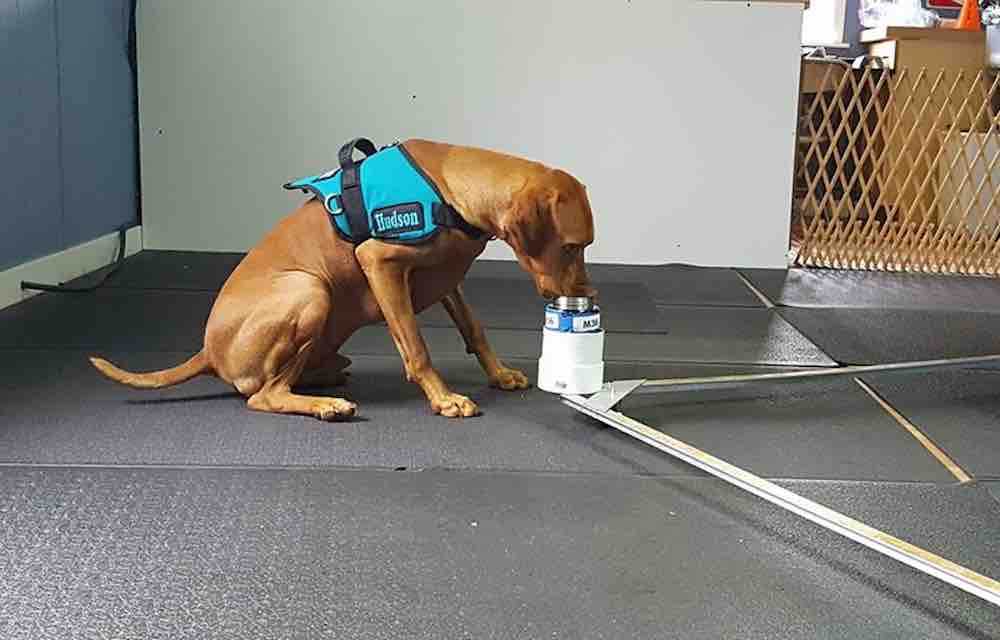Parkinson’s disease is a debilitating neurodegenerative disorder that currently has no objectively approved screening method. Doctors are only able to make a diagnosis by interviewing the patient and examining their medical history – and this leaves plenty of room for error and inaccuracies.
A team of dogs on San Juan Island in Washington, however, could identify hundreds of Parkinson’s patients simply by using their noses.
The Parkinson’s Canine Detection Project is an initiative that trains 20 different pups to sniff out the disease on peoples’ shirts. The shirts – or “samples”, as they’re called – are sent to the initiative’s training center where the dogs are allowed to sniff the samples and determine whether they belong to a patient who is at risk for Parkinson’s.
The project’s volunteers found that by exposing the samples to multiple trained dogs for a consensus, the results were accurate—at the end of 2017 alone, the hounds sniffed out results that had a 90% accuracy of diagnosis.
LOOK: Parkinson’s Pen For Patients Who Want to Keep Writing Christmas Cards
The project was first started in 2016 when Joy Milne, a Scottish woman whose husband passed away from Parkinson’s six years ago, found that she was able to smell the disease on her husband before he was ever officially diagnosed.
Once Milne’s story was broadcasted by news outlets around the world, Lisa Holt, the program director of Parkinson’s Alert Dogs (PADS), got the idea to train canines to develop the same kind of ability.
“All dogs have the ability, but successful dogs usually display high drive for the work,” Holt told Good News Network. “There is one other program for training dogs to detect Parkinson’s Disease in the U.K. We are the only program in the United States.”
RELATED: Woman Can Smell Parkinson’s Disease, May Lead To Breakthrough For Detection
In a scientific study of Milne’s astonishing abilities, researchers found that she was best able to smell the disease’s “oily” odor around the neck and back regions of a tee shirt. She was also better at detecting the scent when the patient had been wearing a shirt made out of 100% cotton.
By replicating the methods used by Milne, Holt found that the PADs experienced similar results.
Being able to diagnose Parkinson’s disease in its early stages has a multitude of benefits. According to Holt, “a growing body of evidence from medical literature describes numerous advantages that may be associated with early therapeutic intervention”, such as reduced symptoms, delay of medication side effects, slowed disease progression, and decreased chance of developing a tolerance for the treatment.
While Holt and the PADS team continues to hone the accuracy and technique of the pups, they hope that the project’s development will result in an innovative new way of screening Parkinson’s patients – and eventually saving lives.
(WATCH the video below)
Click To Share, and Applaud ‘Man’s Best Friend’ (Photo by the Parkinson’s Canine Detection Project)




















